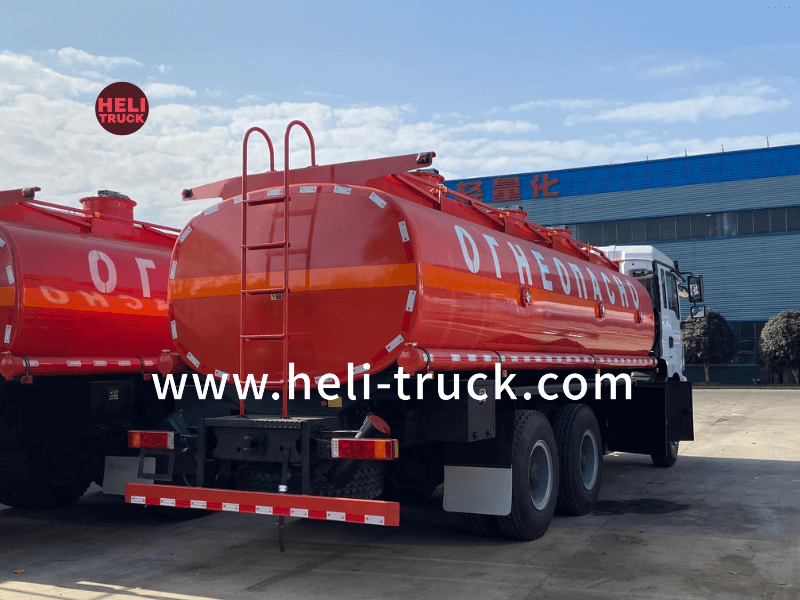Introduction
Garbage compactor trucks play a crucial role in waste management by collecting and compacting solid waste materials from residential, commercial, and industrial areas. These specialized vehicles have evolved over the years to become more efficient, environmentally friendly, and customizable to meet the diverse needs of different waste management operations. In this article, we will explore the evolution of garbage compactor trucks and the various customizable options available in the market today.
History of Garbage Compactor Trucks
The concept of garbage compactor trucks dates back to the early 20th century when cities started facing challenges in managing the increasing volume of solid waste generated by urban populations. Aerial platform truck hydraulic system were simple vehicles equipped with a large container for collecting waste and a basic compaction mechanism to reduce the volume of the collected garbage.
As technology advanced, garbage compactor trucks became more sophisticated, with improved compaction systems, hydraulics, and safety features. Today, these vehicles come in various sizes and configurations to cater to different waste collection needs, from small residential neighborhoods to large metropolitan areas.
Evolution of Customizable Options
One of the key trends in the garbage compactor truck industry is the increasing demand for customizable options that allow waste management companies to tailor their vehicles to specific operational requirements. These customizable options can enhance efficiency, safety, and environmental sustainability in waste collection and disposal processes. Let's explore some of the popular customizable options available in modern garbage compactor trucks:
1. Compaction System
The compaction system is at the heart of a garbage compactor truck, and there are various options available to optimize the compaction process. Some trucks come with a single-stage compaction system, while others feature a multi-stage compaction system that can achieve higher compaction ratios, reducing the number of trips required to empty the truck.
Additionally, some compactor trucks offer variable compaction settings that allow operators to adjust the compaction force based on the type of waste being collected. This flexibility can be particularly useful when dealing with bulky or heavy waste materials that require different compaction levels.
2. Waste Storage Capacity
Customizable options for waste storage capacity enable waste management companies to choose the right size of the compactor truck based on the volume of waste generated in the areas they serve. Trucks with larger storage capacities can cover more ground without needing frequent trips to the disposal site, improving operational efficiency and reducing fuel consumption.
Moreover, some compactor trucks come with partitioned storage compartments that allow operators to separate different types of waste, such as recyclables, organic waste, and general waste. This segregation can streamline the sorting and recycling processes at the waste management facility, contributing to a more sustainable waste management system.
3. Safety Features
Safety is paramount in the waste management industry, and customizable safety features in garbage compactor trucks can help prevent accidents and injuries during waste collection operations. Some trucks are equipped with advanced backup cameras, proximity sensors, and collision avoidance systems to enhance visibility and alert operators to potential hazards.
Moreover, ergonomic design features such as easy-access controls, non-slip surfaces, and handrails can improve operator comfort and reduce the risk of musculoskeletal injuries. Customizable options for lighting systems, reflective decals, and warning alarms can also enhance the visibility of the compactor truck on the road, reducing the likelihood of accidents with other vehicles or pedestrians.
4. Environmental Sustainability
In response to growing concerns about environmental sustainability, many garbage compactor trucks now offer customizable options that promote eco-friendly waste management practices. For example, some trucks are equipped with onboard waste sorting systems that automatically separate recyclable materials from general waste during the collection process.
Other customizable options include alternative fuel systems, such as compressed natural gas (CNG) or electric powertrains, which reduce greenhouse gas emissions and dependency on fossil fuels. Additionally, some compactor trucks feature noise-reducing technologies to minimize the impact of waste collection operations on the surrounding community.
5. Customized Body Designs
Garbage compactor trucks come in various body designs, such as rear-loading, side-loading, and front-loading configurations, each suited to different waste collection scenarios. Waste management companies can choose a customized body design that best fits their operational requirements and the types of waste they handle.
Moreover, some compactor trucks offer interchangeable body modules that can be easily swapped to accommodate different waste collection tasks. For example, a truck with a rear-loading body module can be converted into a side-loading configuration for areas with narrow streets or limited access.
6. Telematics and Fleet Management
Customizable telematics and fleet management solutions have become essential features in modern garbage compactor trucks, enabling operators to monitor vehicle performance, track routes, optimize fuel efficiency, and schedule maintenance tasks. Telematics systems can provide real-time data on compaction rates, waste collection volumes, and driver behavior, allowing waste management companies to make data-driven decisions to improve operational efficiency.
Moreover, customizable fleet management software can help optimize route planning, dispatching, and scheduling of compactor trucks, reducing idle time, minimizing fuel consumption, and improving overall productivity. Integration with geographic information systems (GIS) and mobile communication platforms can further streamline communication between drivers, dispatchers, and waste management facilities.

Conclusion
Garbage compactor trucks have come a long way since their humble beginnings, evolving into sophisticated vehicles with a wide range of customizable options to meet the diverse needs of waste management operations. By embracing these customizable features, waste management companies can enhance efficiency, safety, and environmental sustainability in their waste collection and disposal processes.
As the demand for effective waste management solutions continues to grow, the evolution of garbage compactor trucks with customizable options will play a crucial role in shaping the future of the waste management industry. By leveraging advanced technologies, innovative designs, and sustainable practices, garbage compactor trucks can contribute to building cleaner, greener, and healthier communities for generations to come.
